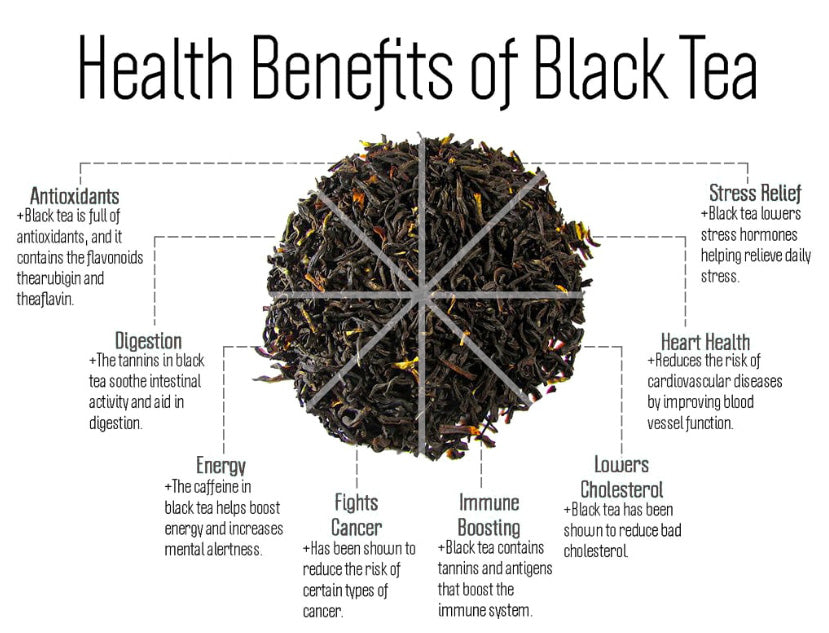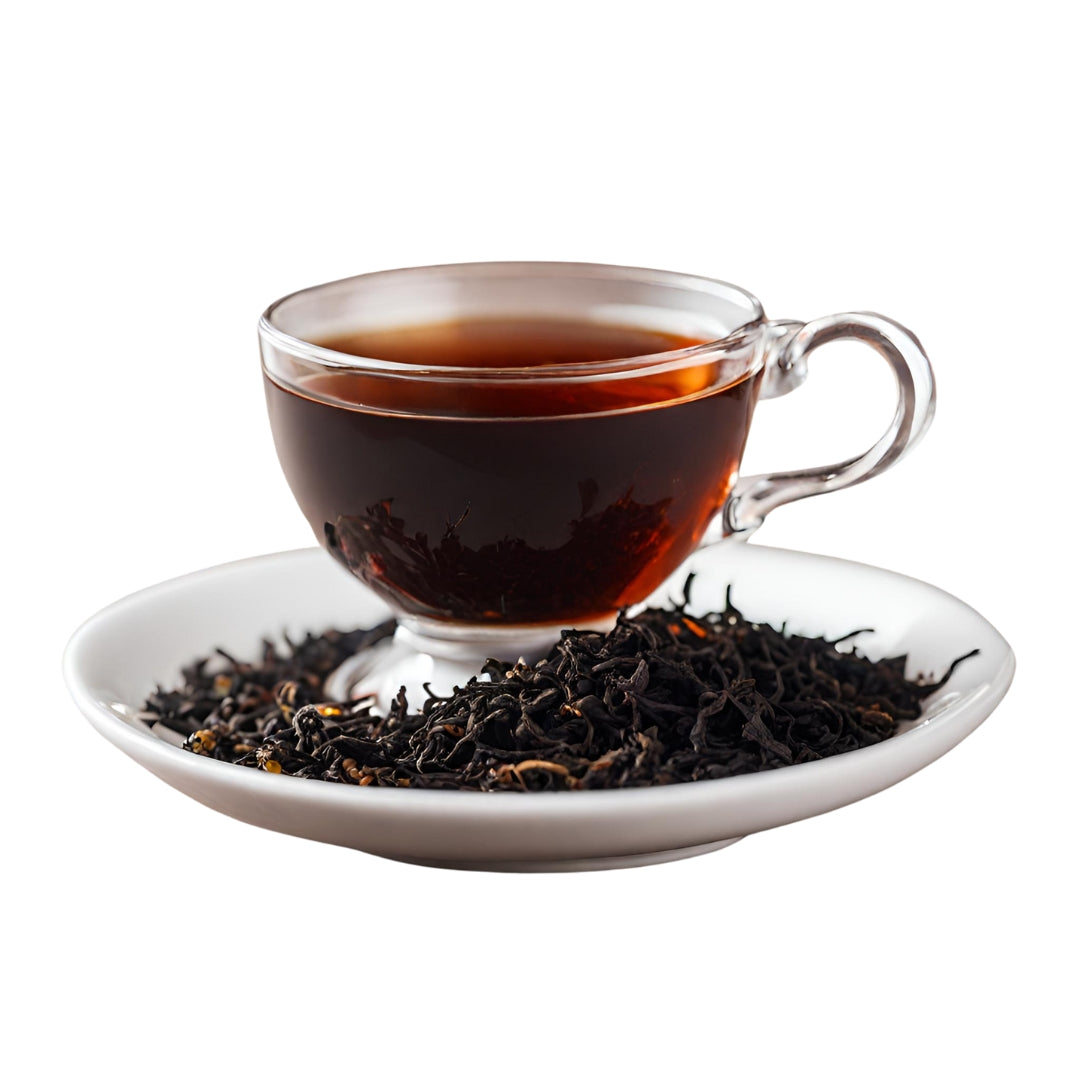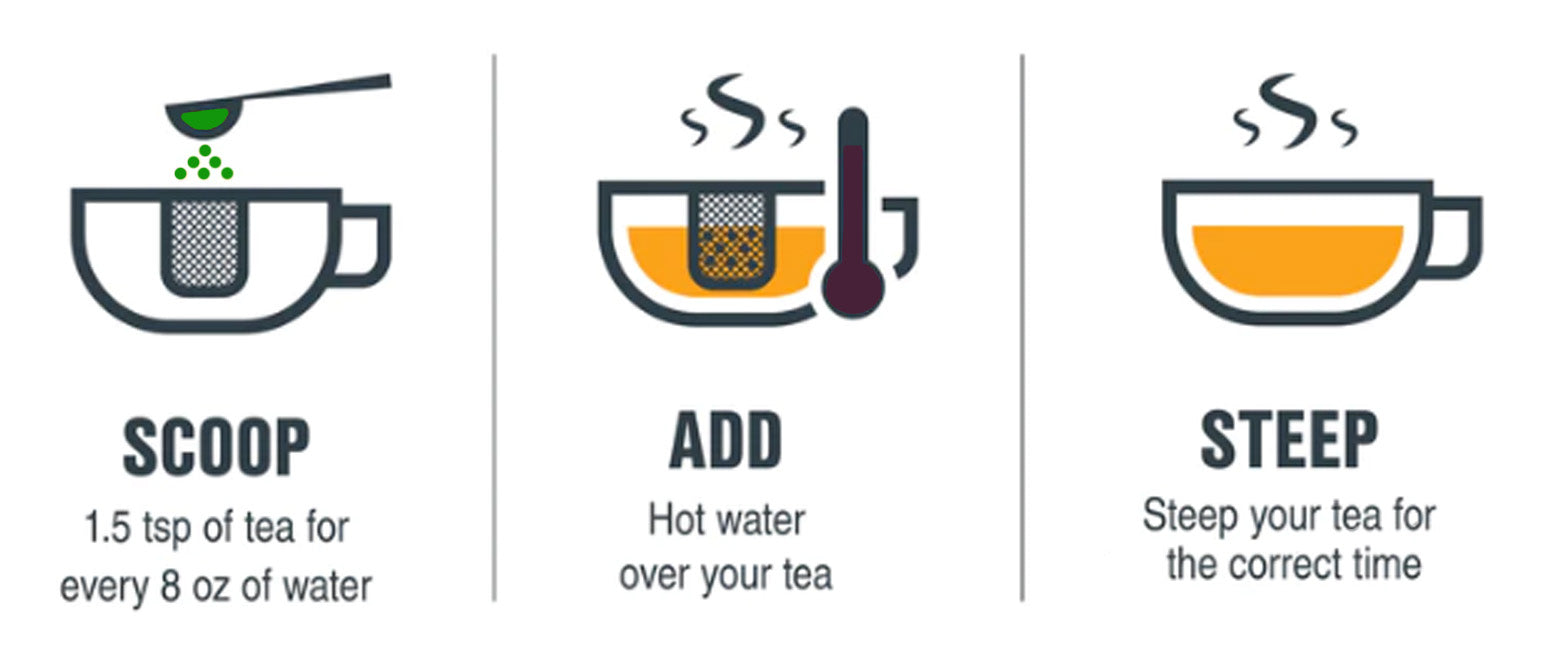Finest Darjeeling Second Flush
Finest Darjeeling Second Flush
Couldn't load pickup availability
The finest quality, tippy Darjeeling black tea leaves picked during the second flush season on the Singbulli estate in Mirik Valley, Darjeeling. Mellow and aromatic with muscatel notes.
Second flush Darjeelings are known for their brisk, aromatic and refreshing character which are ideal to enjoy during the afternoon as a refined and yet comforting respite from the stresses of the day; as well as being an ideal accompaniment to sweet and savoury nibbles.
Whilst the second flush Darjeeling season is the longest and most bountiful in harvest, the amount produced each season is limited and therefore the race to snap up the very best teas of the season starts at the very beginning of the season with sampling that tests for colour, taste, aroma, leaf size and shape and the amount of tip and bud present in each batch.
We have selected this luxurious, hand-picked tea from the Singbulli estate as a wonderfully tippy 2nd flush and a benchmark example of a superior single estate Darjeeling with a mellow, rounded aromatic taste and typical muscatel notes.
Finest Darjeeling is also included in the following signature gift collections:


Story

Darjeeling is perhaps the most famous tea growing region in India, which is quite surprising considering that this areas in amongst the smallest regions in the country.
Founded on the foothills of the Lesser Himalayas in West Bengal and nestled between Nepal and Bhutan; the town of Darjeeling was established by the British in the 19th Century after some success in transplanting cultivars of the Camelis plant to the area near a local hill station. This successful planting coincided with a downturn in relations with China due to the opium wars. Due to this, tea production (formerly almost exclusively Chinese) switched to India and expanded rapidly to meet the demand for the leaves back home in the UK.
Darjeeling teas were cultivated specially for their herbaceous, smooth, aromatic and slightly fruity character which is in direct contrast to the strong, bold spicy flavours of Assam, the other most famous Indian tea.
This character resulted in a finer, more delicate and elegant infusion particularly suited to the solariums and tearooms where afternoon tea had become an extravagant and leisurely activity. Ensuring the quality of these leaves encouraged the practice of tea classification with the highest ratings given to tippy batches with lots of young, fresh buds and lively fresh flavours.
Due to its climate, Darjeeling harvests in 3 seasons, or "flushes", which are unique in character and result in some of the finest (and most expensive) teas in the world.
The first flush season comes early in the year after the very first monsoon rains of the season. These early leaves and buds are picked by hand from the very top of the tea plants and due to their rarity, lightness and slight honey-sweetness are known as the champagne of teas and reassuringly expensive.
The second flush season runs from June to September and is the most abundant type of darjeeling available. 2nd flush leaves vary in quality from that found in teabags to super-premium, specially grown leaves which rival 1st flush teas in quality and flavour. 2nd flush teas are more full-bodied and robust than the early season leaves but outstanding quality can be found by looking in the right places!
Third flush, or Autumnal Darjeelings, flush towards the end of the year and are much more spicy and aromatic in quality whilst retaining a bright and lively nature. Again, leaves of exceptional quality can be found amongst the Autmunal teas for certain gardens.

Product Information
To Enjoy
Place one teaspoon per cup into an infuser, filter or teapot. Add freshly boiled water and infuse for 3 minutes. Serve immediately or remove leaves to prevent spoiling. May be enjoyed with milk or lemon to taste.
Ingredients
Ingredients
Black Tea.
Allergens Note: All products are packed in an environment that contains nuts and other allergens.
Our Sizes Explained
Caddies
Caddies

Standard Caddy
Our bespoke white and lilac caddy is the perfect way to keep your infusion fresh.
Contains enough for approximately 40 cups of happiness.
Refill Pouch
Refill Pouch

The refill carton, available in Standard and Large, is a perfect, environmentally friendly way to replenish your Tea Palace Caddies.
Contains enough for approximately 40 cups (Standard) or 60 cups (Large) of one of our infusions.
Sample Caddy
Sample Caddy

Our small sample size caddy weighs 45g and is the perfect way to try a new infusion or multiple different blends.
It contains enough for approximately 10 cups of goodness.
Share
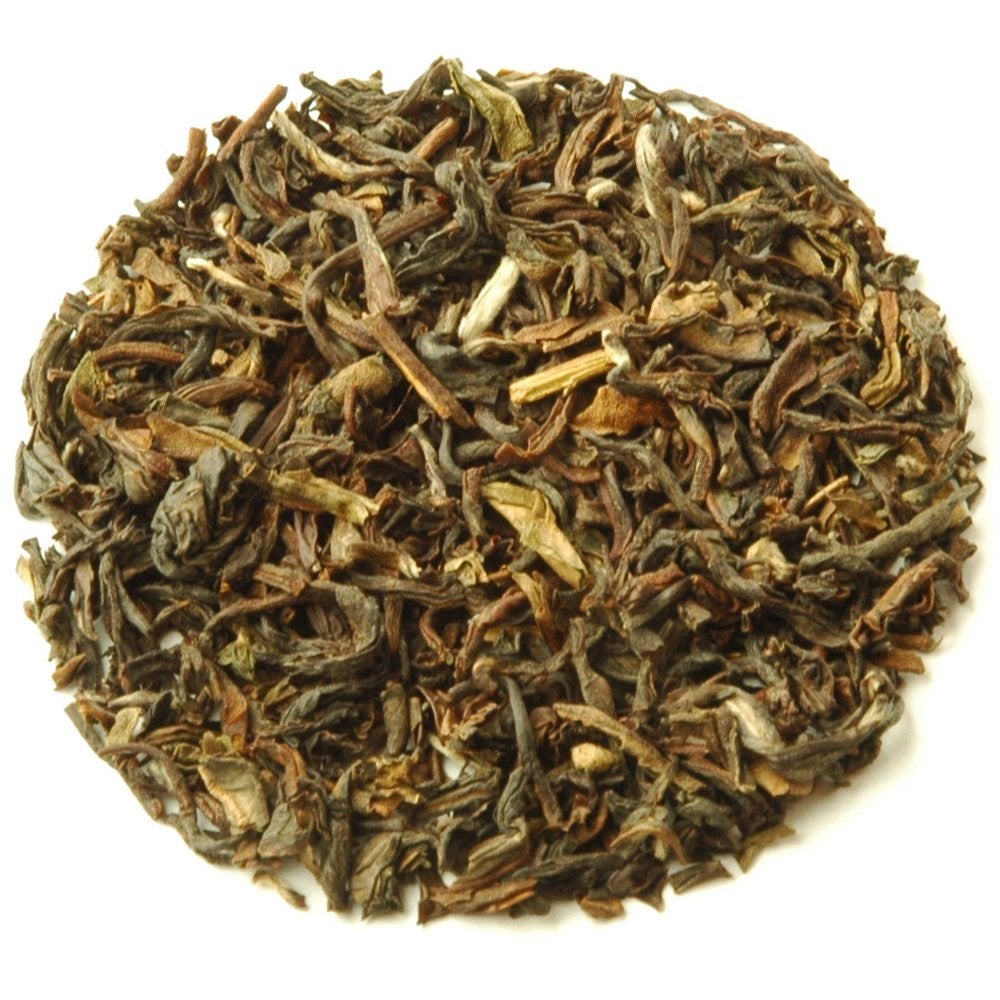
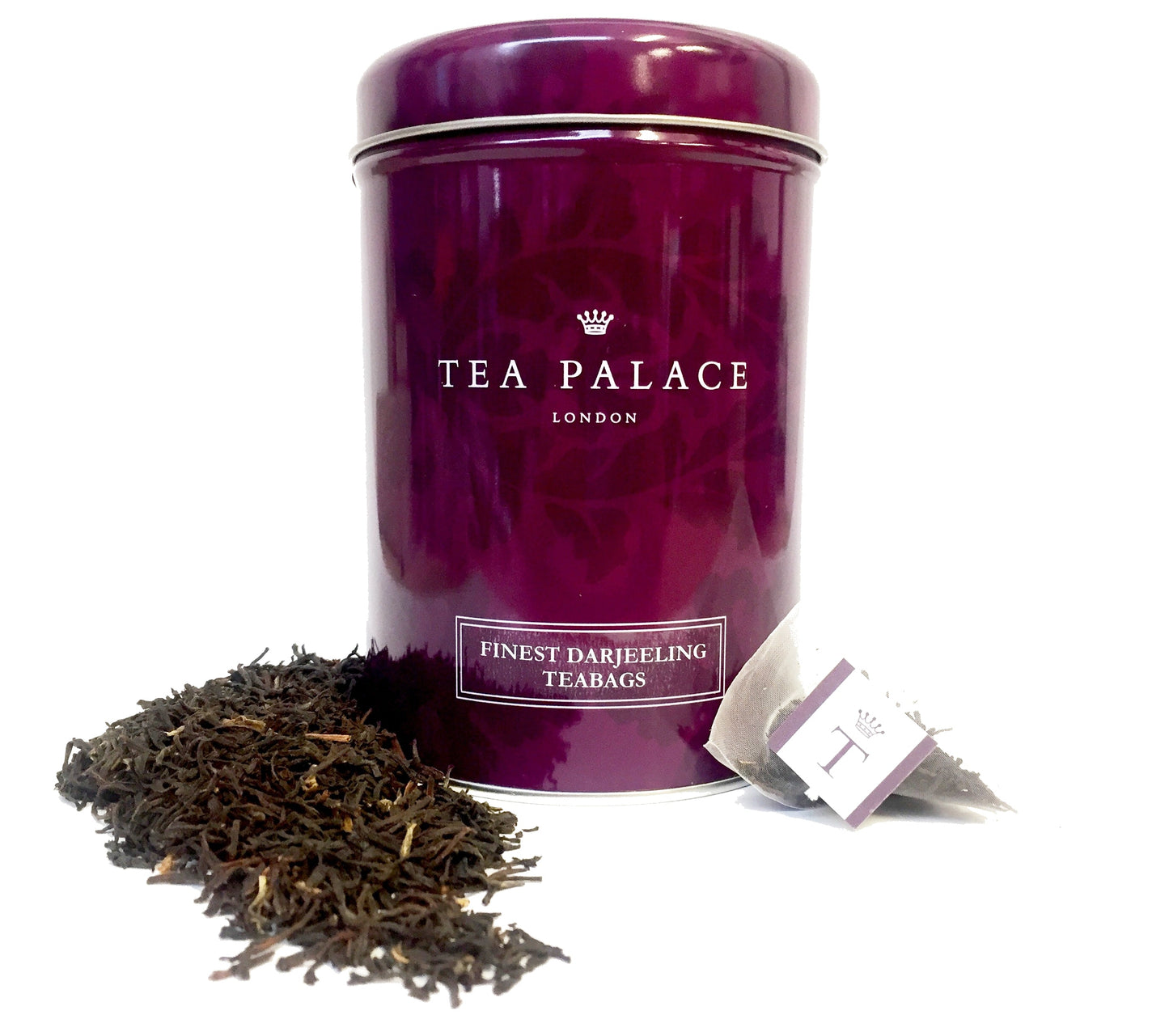
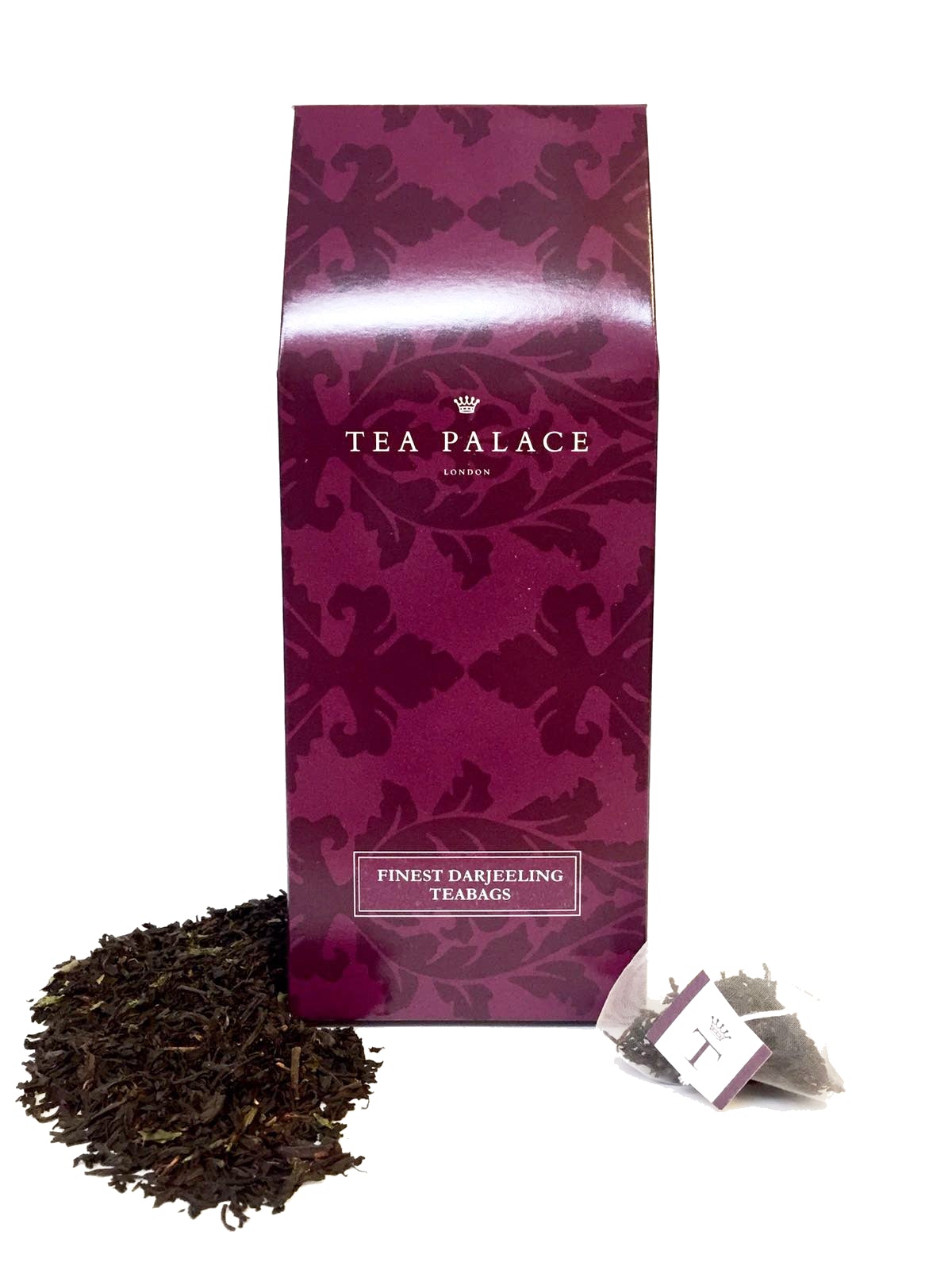

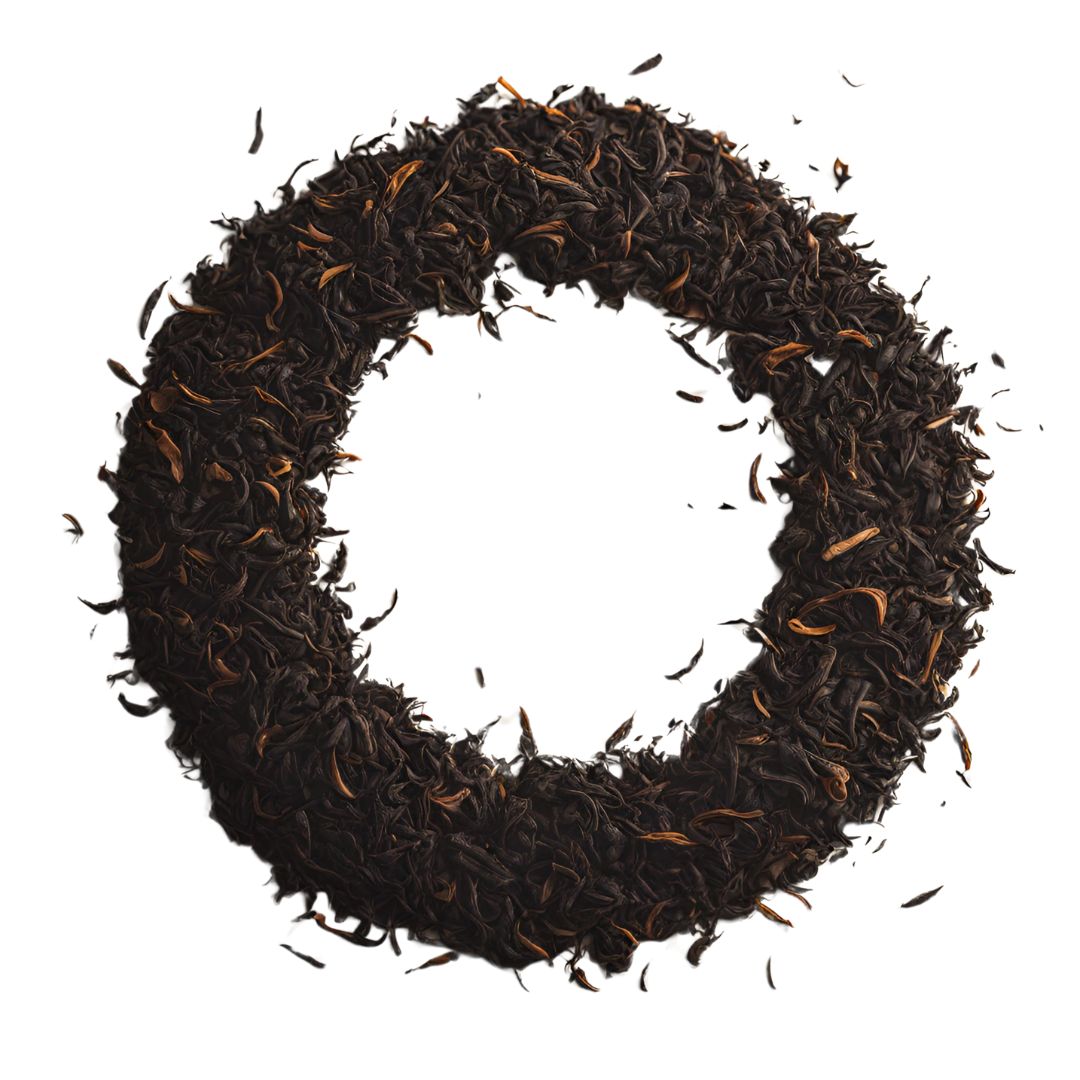
About Darjeeling Second Flush
Darjeeling is perhaps the most famous tea growing region in India, which is quite surprising considering that this areas in amongst the smallest regions in the country.
Founded on the foothills of the Lesser Himalayas in West Bengal and nestled between Nepal and Bhutan; the town of Darjeeling was established by the British in the 19th Century after some success in transplanting cultivars of the Camelis plant to the area near a local hill station. This successful planting coincided with a downturn in relations with China due to the opium wars. Due to this, tea production (formerly almost exclusively Chinese) switched to India and expanded rapidly to meet the demand for the leaves back home in the UK.
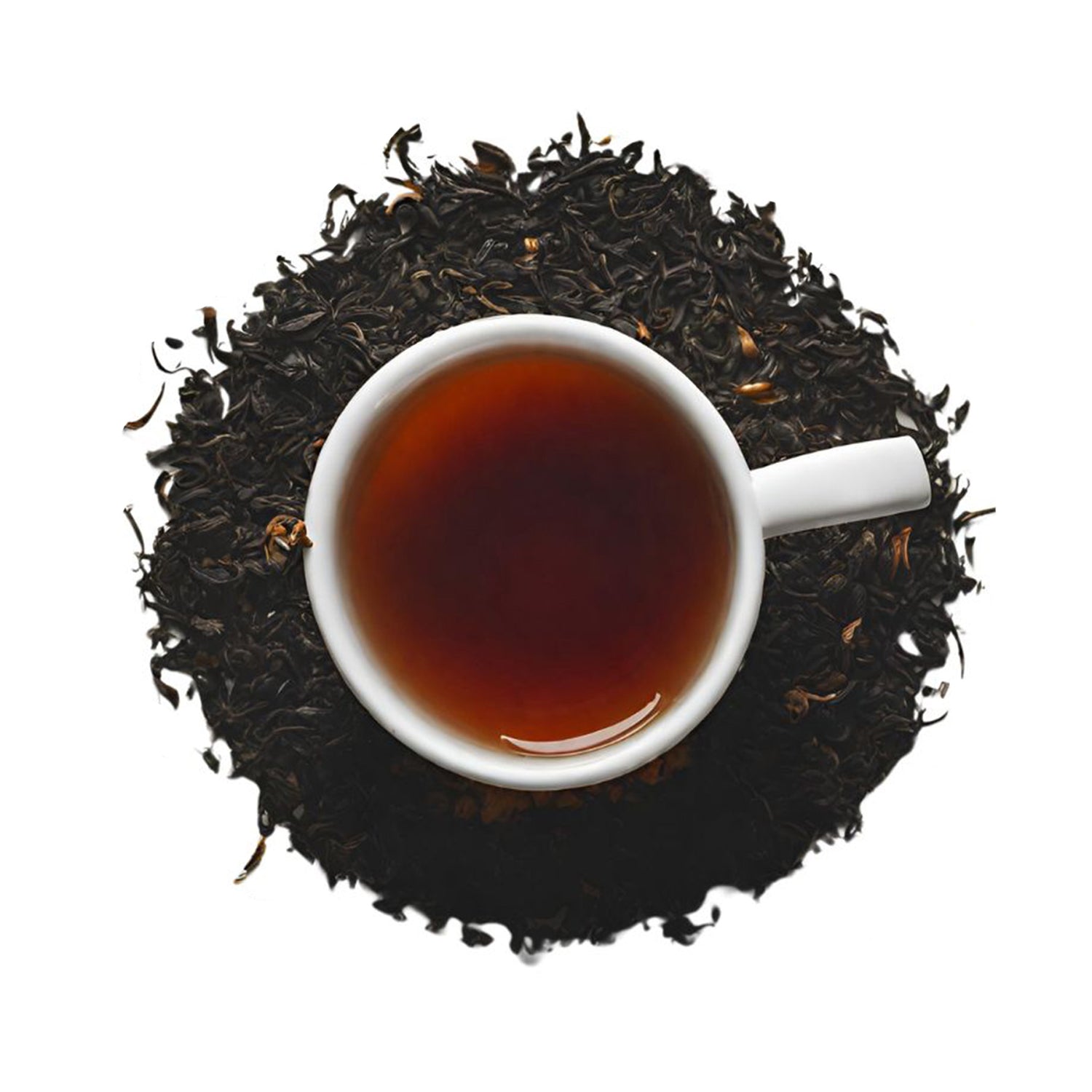
Darjeeling teas were cultivated specially for their herbaceous, smooth, aromatic and slightly fruity character which is in direct contrast to the strong, bold spicy flavours of Assam, the other most famous Indian tea.
This character resulted in a finer, more delicate and elegant infusion particularly suited to the solariums and tearooms where afternoon tea had become an extravagant and leisurely activity. Ensuring the quality of these leaves encouraged the practice of tea classification with the highest ratings given to tippy batches with lots of young, fresh buds and lively fresh flavours.
Due to its climate, Darjeeling harvests in 3 seasons, or "flushes", which are unique in character and result in some of the finest (and most expensive) teas in the world.
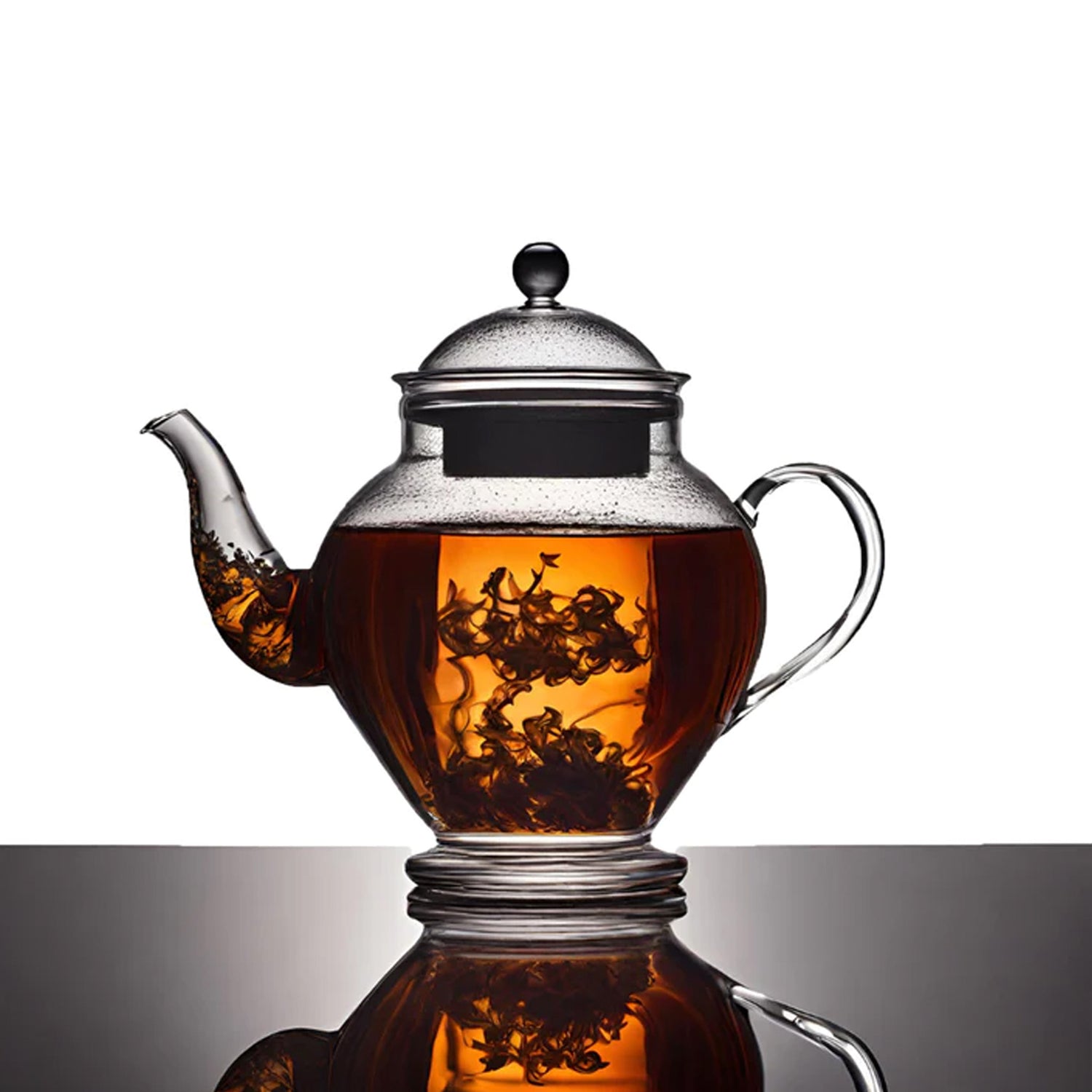
The first flush season comes early in the year after the very first monsoon rains of the season. These early leaves and buds are picked by hand from the very top of the tea plants and due to their rarity, lightness and slight honey-sweetness are known as the champagne of teas and are reassuringly expensive.
The second flush season runs from June to September and is the most abundant type of darjeeling available. 2nd flush leaves vary in quality from that found in teabags to super-premium, specially grown leaves which rival 1st flush teas in quality and flavour. 2nd flush teas are more full-bodied and robust than the early season leaves but outstanding quality can be found by looking in the right places!
Third flush, or Autumnal Darjeelings, flush towards the end of the year and are much more spicy and aromatic in quality whilst retaining a bright and lively nature. Again, leaves of exceptional quality can be found amongst the Autumnal teas from certain gardens.
